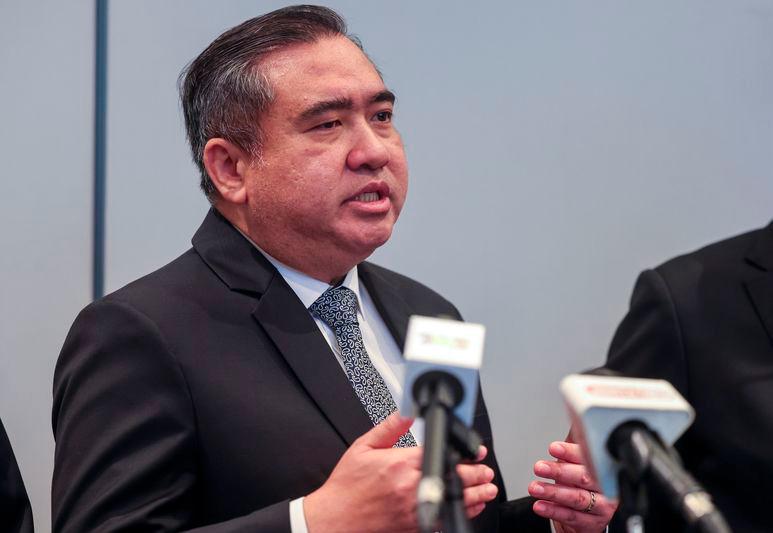SUBANG: Six airlines will resume narrow-body aircraft operations on Aug 1, 2024, at the Sultan Abdul Aziz Shah Airport (LTSAAS) in Subang, Selangor.
Transport Minister Anthony Loke said the six airlines are FireFly, AirAsia Malaysia, Batik Air Malaysia, SKS Airways, Transnusa, and Scoot Pte Ltd.
“The first jet operation, by Batik Air Malaysia, is scheduled for take-off on Aug 1 to Penang at noon and the arrival of Transnusa’s flight from Jakarta is scheduled at 2 pm on the same day,” he told a press conference after a walkabout at LTSAAS, also known as Subang Airport, today.
He said flight operations will be from 6 am to 10 pm, with no midnight flights as the airport is located in a residential area.
The resumption of narrow-body aircraft operations at Subang Airport comes after all jet operations were moved to the Kuala Lumpur International Airport in 2002.
He said the airport had its limitations handling propeller-driven aircraft such as turboprops, helicopters, light, military craft and business jets.
“Following enhancements for interim jet operations, the apron was reconfigured. Six parking bays are now able to accommodate narrow-body jet aircraft including Boeing 737 and Airbus A320,” he said.
Loke noted that the terminal gross floor area rose by six per cent from 21,467 square metres to 22,674, with three additional flight information display systems to accommodate the rise in capacity.
“The check-in process is expected to be smoother with 14 common-use check-in counters, four self-service bag drop facilities and 15 self-service kiosks to be installed.
“I will also raise in the Cabinet tomorrow that there is a need for an auto gate here as well,” he said.
On the airline’s approval to commence narrow-body operations, he said priorities were given to local airlines. Many airlines have requested to come to LTSAAS but the airport could not accommodate all requests.
He said this is just an interim phase and will be extended in two to three years.
LTSAAS will be transformed into a regional aviation hub with a maximum capacity of eight million annual passengers, in addition to generating thousands of high-value job opportunities for Malaysians.









